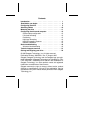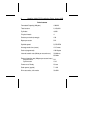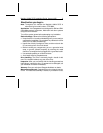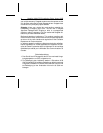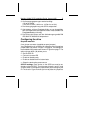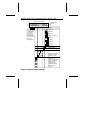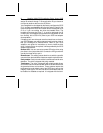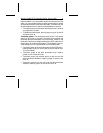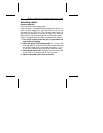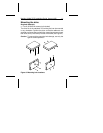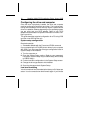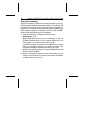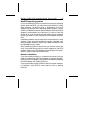
assign ID values 0 through 7. Be sure that the ID you choose is
not used by another device on the SCSI bus.
Your Seagate drive is shipped by the factory configured as SCSI
ID 3—jumpers are attached to pins 3 and 4 and pin 5 and 6. You
must reconfigure the SCSI ID if another device is assigned SCSI
ID 3 or if you are making the drive the bootable drive. The
bootable drive must be Drive C. It must be assigned the ID
number your SCSI adapter recognizes as the first position on the
bus. Usually, this is SCSI ID 0 (refer to your SCSI host adapter
documentation).
If installing your new drive puts more than two drives on the bus,
your SCSI adapter may require that you install a device driver or
that you reconfigure its onboard BIOS. Refer to your SCSI
adapter’s user guide for instructions on how to install the third
drive. If a device driver is required, it will be provided by the SCSI
adapter manufacturer.
Remote LED. You can connect a remote LED to the drive using
pins 9 and 10 on jumper block J8. Connect the LED ground wire
(usually the black wire) to pin 9.
Remote start. This setting causes the drive to wait for a specific
command from the host before it starts or stops the spindle motor.
Parity enable. Parity is a method that is sometimes used for error
detection. The drive is shipped with parity enabled.
Terminators. The drive is designed with single-ended drivers
and receivers and must be used with other SCSI devices that use
single-ended drivers and receivers. These systems require that
terminators be used at both ends of the SCSI bus to ensure the
integrity of the signal. The drive has built-in terminators that can
be enabled or disabled as required. It is shipped with the termi-
8 Medalist 1080sl SCSI Installation Guide, August 1995



